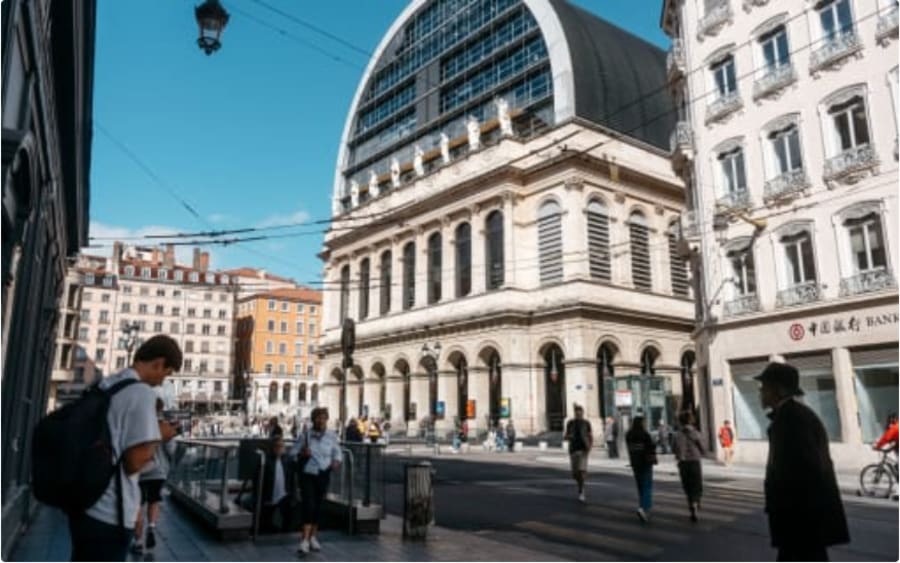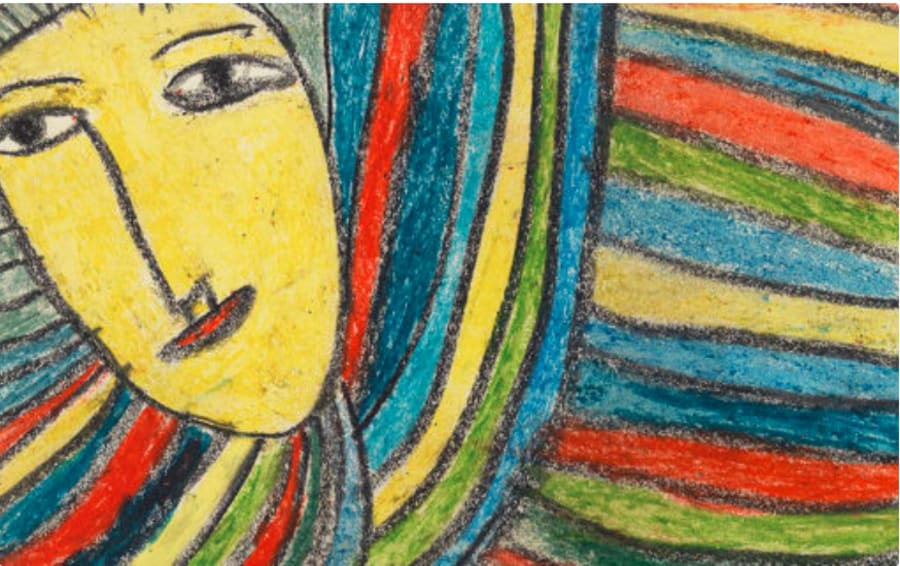In his memoir A Moveable Feast (1964), Ernest Hemingway describes the intoxicating allure of Paris in the Roaring Twenties for those who came to savor the city’s hedonism, far from the Prohibition of the United States. The city was an ideal – a refuge, even – for all those aspiring to freedom, whether that be cultural, artistic, or sexual. Life moved at a frantic pace amid the bustling cafés and the dizzying jazz clubs.
Many women, despite constraints on their independence (they obtained the right to vote in 1944, and reforms to marital law came only in 1965), found Paris to be emancipatory. Here, they were free to train in academies, while other countries barred them from such institutions. They could express their personalities and live out their loves. As muses, artists, writers, and patrons, they played many roles at once, exemplified by figures such as the performer and artist Kiki de Montparnasse or Sylvia Beach, who founded the legendary Shakespeare and Company bookstore in 1919.
‘Paris has always seemed to me the only city where you can live and express yourself as you please,’ wrote American author Natalie Clifford Barney in her memoirs. Barney hosted literary salons in her Saint-Germain-des-Prés home, fostering a spirit of independence and freedom that attracted guests including the painter Tamara de Lempicka, a liberated soul who embraced her bisexuality.
In the painting Self-Portrait (Tamara in a Green Bugatti) (1929), Lempicka asserts herself as a true icon of the modern woman, in control of both her speed and her destiny. Along with Marie Laurencin, Lempicka was one of the most sought-after portraitists of the 1920s, known for her Art Deco paintings that blended neo-Cubism with the expressiveness of Italian Mannerism in cinematic compositions. She was also a regular at the salon of the American poet, playwright, and collector Gertrude Stein, a close friend of Picasso and a major figure in the Parisian intelligentsia.
Gertrude Stein’s sister-in-law, Sarah Stein, was a key supporter of Henri Matisse, facilitating his exhibitions in the United States through photographer Edward Steichen and encouraging him to open the Académie Matisse in 1908, where another rising figure in the City of Light, Marie Vassilieff, studied.
Like fellow Russian-born artist Sonia Delaunay, who made her mark in fashion and design, Marie Vassilieff built a reputation for her textile creations, including ‘portrait-dolls’ of famous personalities. In 1911, she established her own academy, welcoming poets, painters, and politicians, from Guillaume Apollinaire to Marc Chagall and Leon Trotsky. When World War I broke out, moved by the moral and material hardships of her artist friends, she transformed her studio into a lively canteen. One of the most legendary parties was held in 1917 in honor of Georges Braque’s return from the front; a love-fueled altercation erupted between a drunken Amedeo Modigliani and his rival, the sculptor Alfredo Pina, both soon restrained by Picasso and Manuel Ortiz de Zárate.
Later that year, Modigliani caused another scandal by exhibiting his nudes at the gallery of Berthe Weill, who was the first female gallery owner in Paris. Since 1901, Weill had been showcasing young avant-garde painters who were yet to make their mark. She presented the only Modigliani solo exhibition to be staged during the artist’s lifetime, though several works were removed for ‘public indecency.’ With her remarkable eye, Weill was a true ally to her protégés.
Painter and writer Juliette Roche was among the artists promoted by this committed gallery owner. Roche had been immersed in the art world from a young age, thanks to her godmother, Countess Greffulhe, and Jean Cocteau, her father’s godson. She quickly became a prominent figure in Paris and New York, where Duchamp introduced her to patrons Louise and Walter Arensberg. Her unconventional genre scenes and distinctive compositions of masked faces earned her a place at the Bernheim-Jeune gallery in Paris as early as 1914. Her monumental untitled 1918 painting known as American Picnic presents a vision of Eden, borrowing from Matisse’s The Joy of Life (1905-1906) in a more stylized composition.
The Roaring Twenties in Paris partially realized the dream of a golden age where anything seemed possible, particularly for women, who challenged conventions and carved out their own paths among the avant-garde. Some were forgotten by the time World War II arrived, but they have reemerged in art history thanks to research efforts by organizations such as AWARE: Archives of Women Artists, Research and Exhibitions. These women are also being celebrated in monographic exhibitions at public institutions and private foundations, such as the one dedicated to Tarsila do Amaral, a central figure of Brazilian Modernism, at the Musée du Luxembourg in Paris (October 9, 2024 to February 2, 2025), or through artists’ estates, such as that of Juliette Roche, represented by Galerie Pauline Pavec, which will present a solo booth of work by Roche in the new Premise sector at Art Basel Paris 2024.
Premise, Art Basel Paris’ new sector, features nine galleries presenting highly singular curatorial proposals that may include work made before 1900.
Marie-Émilie Fourneaux is a writer based in Paris.
English translation: Art Basel.
Caption for top image: French painter Marie Laurencin (1853-1956) in her atelier in 1932. Credit: WIKI COMMONS.
Published on September 19, 2024.


